Hispanic and Latinx Scientists and Engineers Who Helped to Shape STEM as We Know it Today!
Past, present, and future. In celebration of National Hispanic Heritage Month, we’d like to put the spot light on the Hispanic and Latinx STEM professionals who have shaped the way we understand science, technology, engineering, and mathematics. This list covers only a portion of these STEM professionals and their groundbreaking discoveries, game changing research, and important contributions to STEM. Highlighting their stories honors this incredible impact and encourages students to see a place for themselves in STEM. Creating an inclusive environment that empowers students is an imperative part of being a STEM educator.
This resource of 30 Hispanic Americans, Latinos, Latinas, and Latinx-identifying Scientists and Engineers in STEM can be used during National Hispanic Heritage Month but we encourage educators to use it year round to celebrate, recognize, and uplift these inspiring individuals. Each innovator has a short introduction with their biography linked, a scopes lesson we recommend, books for a range of reading levels, educational video links, and a career connection that can be made with your students.
20 Hispanic and Latinx Scientists and Engineers to Celebrate!

1. Luis Walter Alvarez, physicist (1911-1988)
Luis Alvarez was a physicist whose research included particle physics, radar, and nuclear science. He developed multiple radar systems during World War II, worked on the Manhattan Project, and was involved in the development of a liquid hydrogen bubble chamber, which enabled detection of subatomic particles. Alvarez won the 1968 Nobel Prize in Physics. (Biography)
Try this Scopes lesson: Physics With Arduino
Book Recommendations: Luis Alvarez: Wild Idea Man (Getting to Know the World’s Greatest Inventors & Scientists) by Mike Venezia
Video: Luis Alvarez Biography, Life Story and Contributions to Science
Career connection: Physicist, Nuclear Engineer

2. Arturo Arias Suárez, ENGINEER AND Scientist (1923-2001)
Arturo Arias Suárez was a Chilean engineer and scientist, known for his contributions in the fields of soil mechanics, earthquake engineering and seismology. He developed a mathematical formula that assesses the strength of earthquake tremors by measuring their seismic waves, the “Instrumental Seismic Intensity” or “Arias Intensity” method. (Biography)
Try this Scopes lesson: Build & Test Earthquake Proof Buildings, Shapes Into Shelters
Career connection: Engineer

3. Albert Báez, physicist (1912-2007)
Albert Báez co-invented the X-ray reflection microscope for examination of living cells, is still used in medicine today, with his doctoral program advisor, Paul Kirkpatrick. When he was studying to receive his Ph.D. in physics from Stanford Báez wrote his thesis titled “Principles of X-Ray Optics and the Development of a Single State X-Ray Microscope”. He later went on to contribute to the invention of the X-ray telescope (Biography)
Try this Scopes lesson: DNA Exploring With Foldscope
Book Recommendations: Albert Baez, Amazing People: Scientists and Mathematicians, A Year in Baghdad by Joan and Albert Báez
Video: Albert Baez(1912-2007) changed the course of human history for the better with his achievements.
Career connection: Physicist

4. Alberto Pedro Calderón, MATHEMATICIAN (1920-1998)
Alberto Pedro Calderón was an Argentinian mathematician who’s work work ranged over topics such as, singular integral operators, partial differential equations, interpolation theory to Cauchy integrals on Lipschitz curves, ergodic theory, and inverse problems in electrical prospection. (Biography)
Try this Scopes lesson: Alquimetricos: Open Source DIY/DIT Building Blocks Systems
Video: Alberto Pedro Calderon (mathematic)
Career connection: Mathematician

5. France Córdova, Astrophysicist (1947-)
France Córdova is an astrophysicist who became the 14th director of the National Science Foundation. Her contributions to science include her multi-spectral research on x-ray and gamma ray sources and space used instruments. She served as NASA’s chief scientist, served as chair of the Board of Regents of the Smithsonian Institution, and is president emerita of Purdue University. (Biography)
Try this Scopes lesson: Physics With Arduino
Video: Making Waves: France Córdova & Multiwavelength Astronomy
Career connection: Astronomer, Astrophysicist
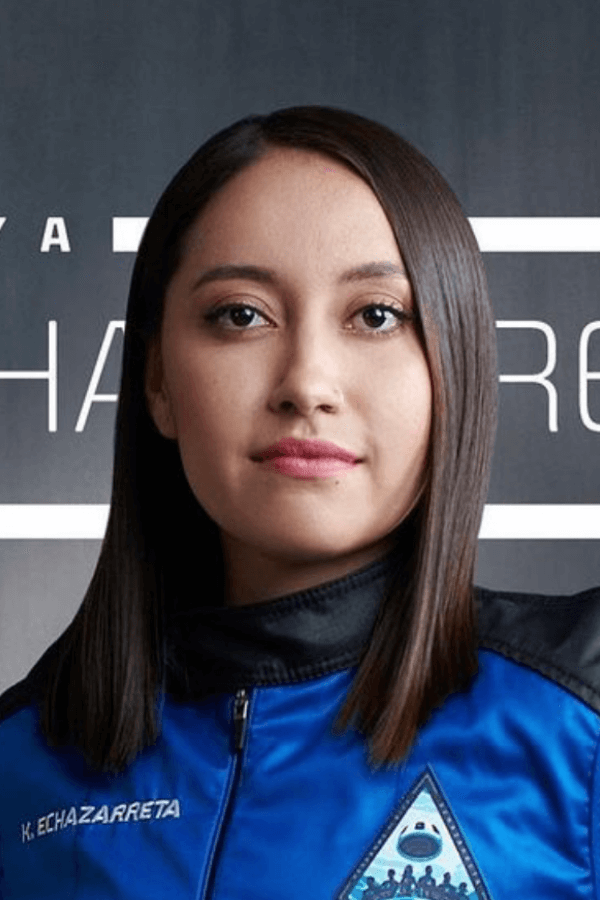
6. Katya Echazarreta González, electrical engineer, science communicator, and Citizen Astronaut (1995-)
Katya Echazarreta González is a Mexican electrical engineer, science communicator, and on June 4, 2022 became the first Mexican-born woman in space as part of Space for Humanity’s Citizen Astronaut Program.(Biography)
Try this Scopes lesson: Modeling Flight: The Basics Of Aerospace Engineering
Video:How This Engineer Became the First Mexican-Born Woman in Space
Career connection: Electrical Engineer
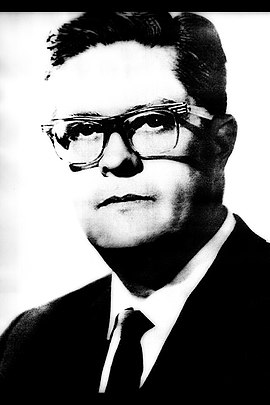
7. Guillermo González Camarena, ELECTRICAL ENGINEER (1917-1965)
Guillermo González Camarena was a Mexican electrical engineer who invented a color wheel version of color television. (Biography)
Try this Scopes lesson: Popsicle Flashlights – Simple Circuits With A Switch, Electronics Concepts
Book Recommendations: How I Met Guillermo Gonzalez Camarena by Ramon Robinson
Career connection: Electrical & Electronics Engineer

8. Nicole Hernandez Hammer, Climate scientist
Nicole Hernandez Hammer is a Guatemalan-American climate scientist and Project Director for the Clean Energy States Alliance. She is studying the sea level rise impact of climate change and how it disproportionately effects communities of color. Nicole Hernandez Hammer is a climate advocate for the Union of Concerned Scientists. (Biography)
Try this Scopes lesson: Sea Floor Bathymetry
Video: Nicole Hernandez Hammer: People’s Climate MarchCareer connection: Environmental Scientist
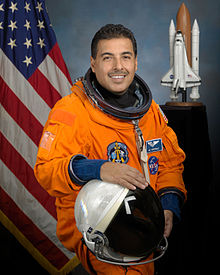
9. José Moreno Hernández, engineer and former NASA astronaut (1962-)
José Hernández is a Mexican-American engineer and former NASA astronaut who was assigned to the crew of Space Shuttle mission STS-128. He served as chief of the Materials and Processes branch of Johnson Space Center and developed equipment for full-field digital mammography at Lawrence Livermore National Laboratory. (Biography)
Try this Scopes lesson: How To Hold A Dead Star In Your Hand
Book Recommendations: The Boy Who Touched the Stars / El niño que alcanzó las estrellas (English and Spanish Edition) by José Hernández
Movie: A Million Miles Away (2023)
Video: Jose Hernandez speaks about his life story
Career connection: Engineer, Astronaut
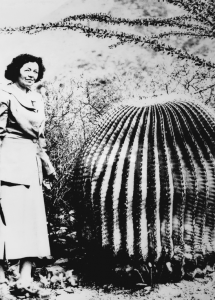
10. Helia Bravo Hollis, Biologist and Botanist (1901-2001)
Helia Bravo Hollis was a biologist and botanist whose research focused on the collection and classification of cacti in Mexico. (Biography)
Try this Scopes lesson: POWAR Plant Observatory of Weather Adaptability for Resiliency
Career connection: Plant Scientist
11. Bernardo Alberto Houssay, physiologist (1887-1971)
Bernardo Alberto Houssay was a physiologist and the first Latin American to win a Nobel Prize in the sciences. He shared the Nobel Prize in 1947 for his research on the role of pituitary gland hormones in carbohydrate metabolism in regulating the amount of glucose in animals. (Biography)
Try this Scopes lesson: Biomedical Engineer, Biomedical Engineer – Middle School Remix
Career connection: Physiologist
12. Susana López Charretón, virologist (1957-)
Dr. Susana López Charretón is a virologist whose research on rotavirus identified the ways in which it enters the body, separate from the ways it is commonly transmitted. (Biography)
Try this Scopes lesson: Virtual Reality Cell Creation
Career connection: Microbiologist, Virologist

13. Ynes Mexia, Botanist (1870-1938)
Ynes Mexia was a Mexican-American botanist plant collector whose field expeditions included traveling along the Amazon River. Notably, she collected more than 150,000 plant specimens originating from sites in Colombia, Mexico, and Peru and is credited with discovering more than 500 new species during her career. (Biography)
Try this Scopes lesson: Astroplant
Book Recommendations: Queen of Leaves: The Story of Botanist Ynes Mexia by Stephen Briseño, Ynes Mexia: Botanist and Adventurer
by Durlynn Anema
Video: Ynés Mexía: Mexican-American Botanist and Adventurer
Career connection: Plant Scientist, Botanist
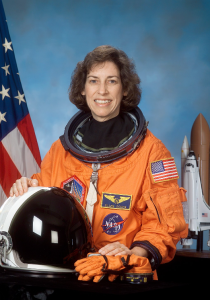
14. ELLEN OCHOA, ASTRONAUT AND ENGINEER (1958-)
Ellen Ochoa was the first Hispanic woman in space on the space shuttle Discovery in 1993 and logged almost 1,000 hours in orbit. As a research engineer, she focused on optical systems. She went on to serve as Director of NASA’s Johnson Space Center. (Biography)
Try this Scopes lesson: Drone Design
Book Recommendations: The Astronaut With a Song for the Stars: The Story of Dr. Ellen Ochoa by Julia Finley Mosca (Author), Daniel Rieley (Illustrator) (K-3rd Primary), Astronaut Ellen Ochoa by Heather E. Schwartz (Author) (4th-6th Intermediate)
Video: Ellen Ochoa: The First Female Hispanic Astronaut
Career connection: Aerospace Engineer
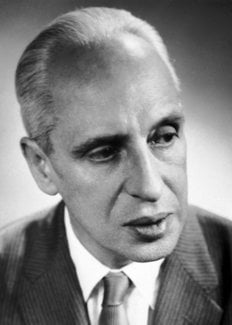
15. Severo Ochoa, BIOCHEMIST (1905-1993)
Severo Ochoa was a Spanish physician and biochemist who shared the 1959 Nobel Prize in Physiology for discovery of “the mechanisms in the biological synthesis of lostipolouy acid (DNA)”. (Biography)
Try this Scopes lesson: Fabricated Cell Models
Book Recommendations: The Life of Severo Ochoa by Brianna Kelley
Career connection: Biochemist

16. Francisco Rubio, Astronaut (1975-)
Francisco Rubio launched aboard Soyuz MS-22 on September 21, 2022. His six month mission with a return to Earth in early 2023 was extended to damage to the spacecraft. Rubio returned to Earth with Soyuz MS-23 370.6 days, 21 hours and 23 minutes later on September 2023. Making him the first American to spend a full year or more in space. (Biography)
Try this Scopes lesson: Rocket Science Newton’s Third Law Of Motion
Video: NASA Astronaut Frank Rubio completes historic 371-day space flight
Career connection: Astronaut

17. Pedro A. Sanchez, soil scientist (1940-)
Pedro A. Sanchez is a Cuban soil scientist whose work helped to increase successful farming in tropical areas that were thought to be unsuitable for agriculture in South America . He also help improve agroforestry in Africa. Sanchez is currently a Research Professor of Tropical Soils at the University of Florida Soil & Water Sciences Department. (Biography)
Try this Scopes lesson: A-Frame Level for Contour Farming
Book Recommendations: Properties and Management of Soils in the Tropics by Pedro A. Sanchez
Career connection: Soil and Water Conservationist
:focal(359x142:360x143)/https://tf-cmsv2-smithsonianmag-media.s3.amazonaws.com/filer/74/7a/747ad874-b593-4ae5-b1cd-eecefdc4f806/sarah_elizabeth_stewart.jpg)
18. Sarah Stewart, microbiologist (1905-1976)
Sarah Stewart was Mexican-American researcher and microbiologist whose research showed that viruses could cause cancer, a discovery that led to the development of vaccines to protect against certain kinds of cancer. (Biography)
Try this Scopes lesson: Unplugged: Makers Making Good – Stopping The Spread
Video: Sarah Stewart (cancer researcher) | Wikipedia audio article
Career connection: microbiologist
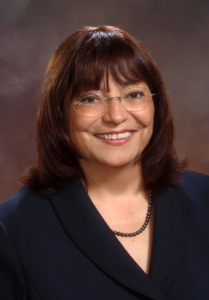
19. Lydia Villa-Komaroff, Biologist (1947-)
Lydia Villa-Komaroff is a biologist whose research on recombinant DNA uncovered a way to use bacteria cells to make insulin. (Biography)
Try this Scopes lesson: DNA Extraction
Video: Storied Women of MIT: Lydia Villa-Komaroff
Career connection: Biologist
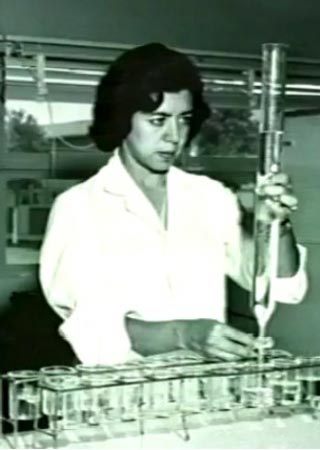
20. Evangelina Villegas, chemist (1924-2017)
Evangelina Villegas was a chemist whose work centered on cereal grains and the genetic engineering of wheat and maize with improved nutritional content to help fight malnutrition in areas around the world. is the first Mexican national and the first woman to receive the World Food Prize in 2000. (Biography)
Try this Scopes lesson: DIY Biomaterials with Acorn Flour
Video: 2000 Laureates: Evangelina Villegas and Surinder K. Vasal
Career connection: Chemist, Food Scientist


